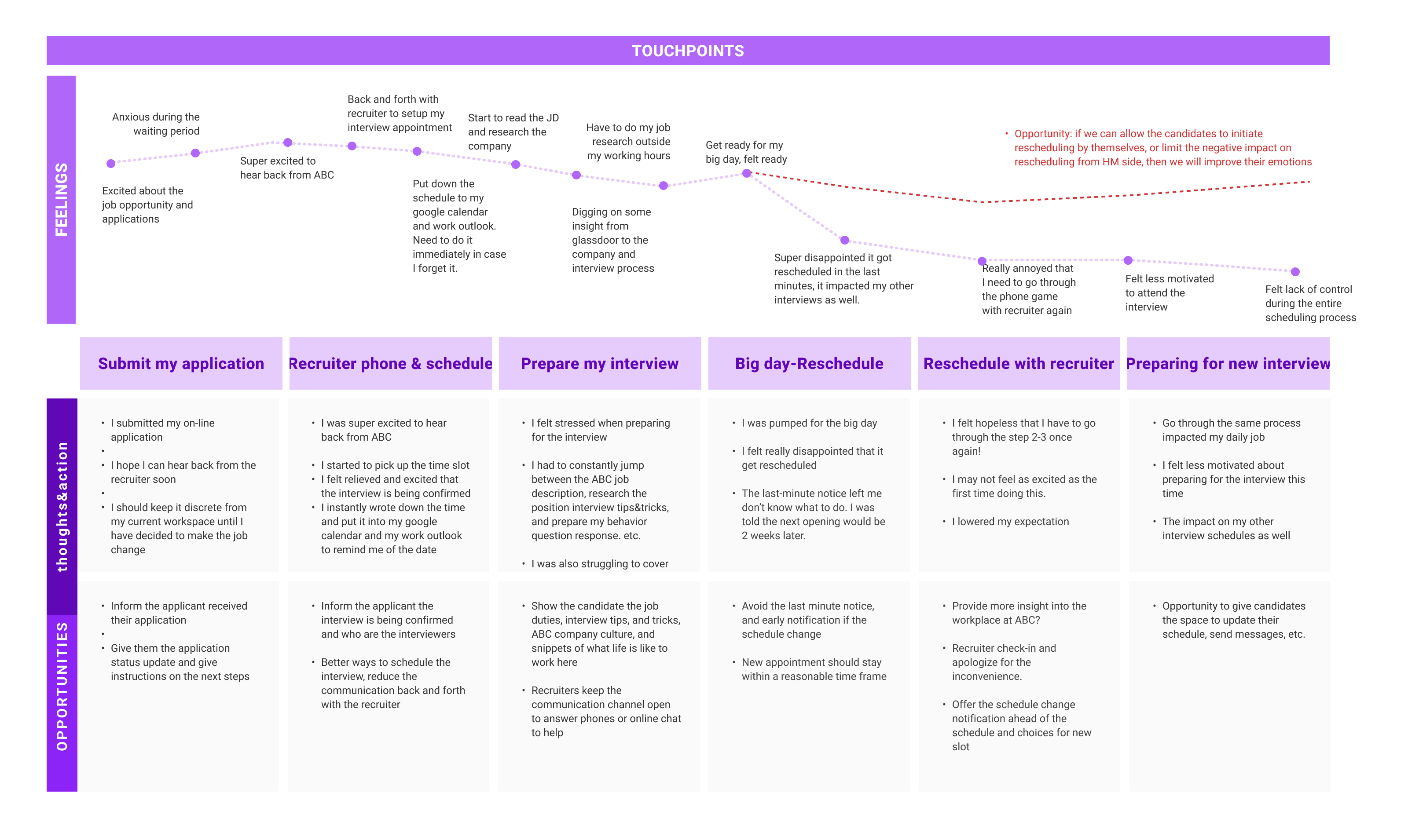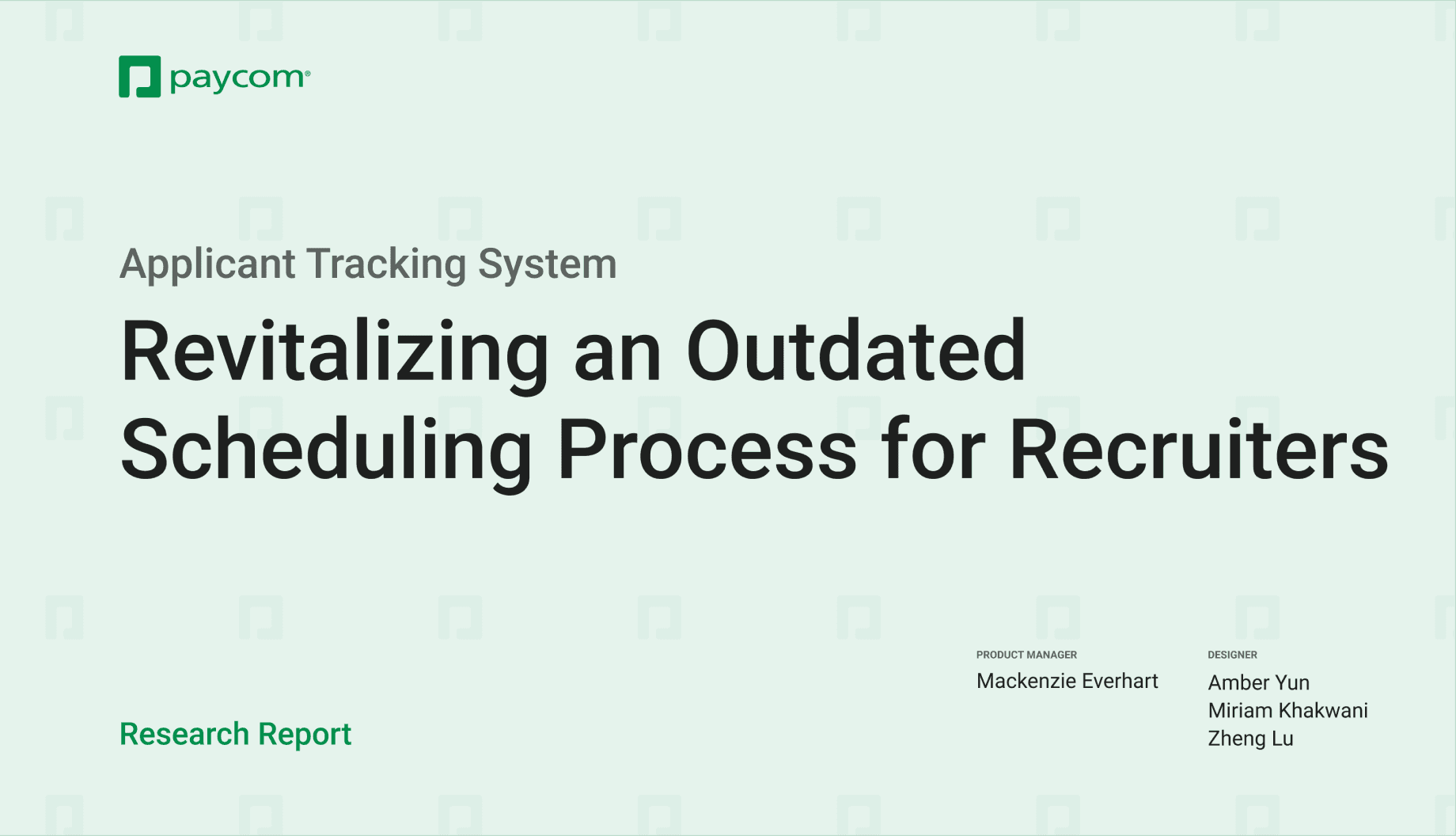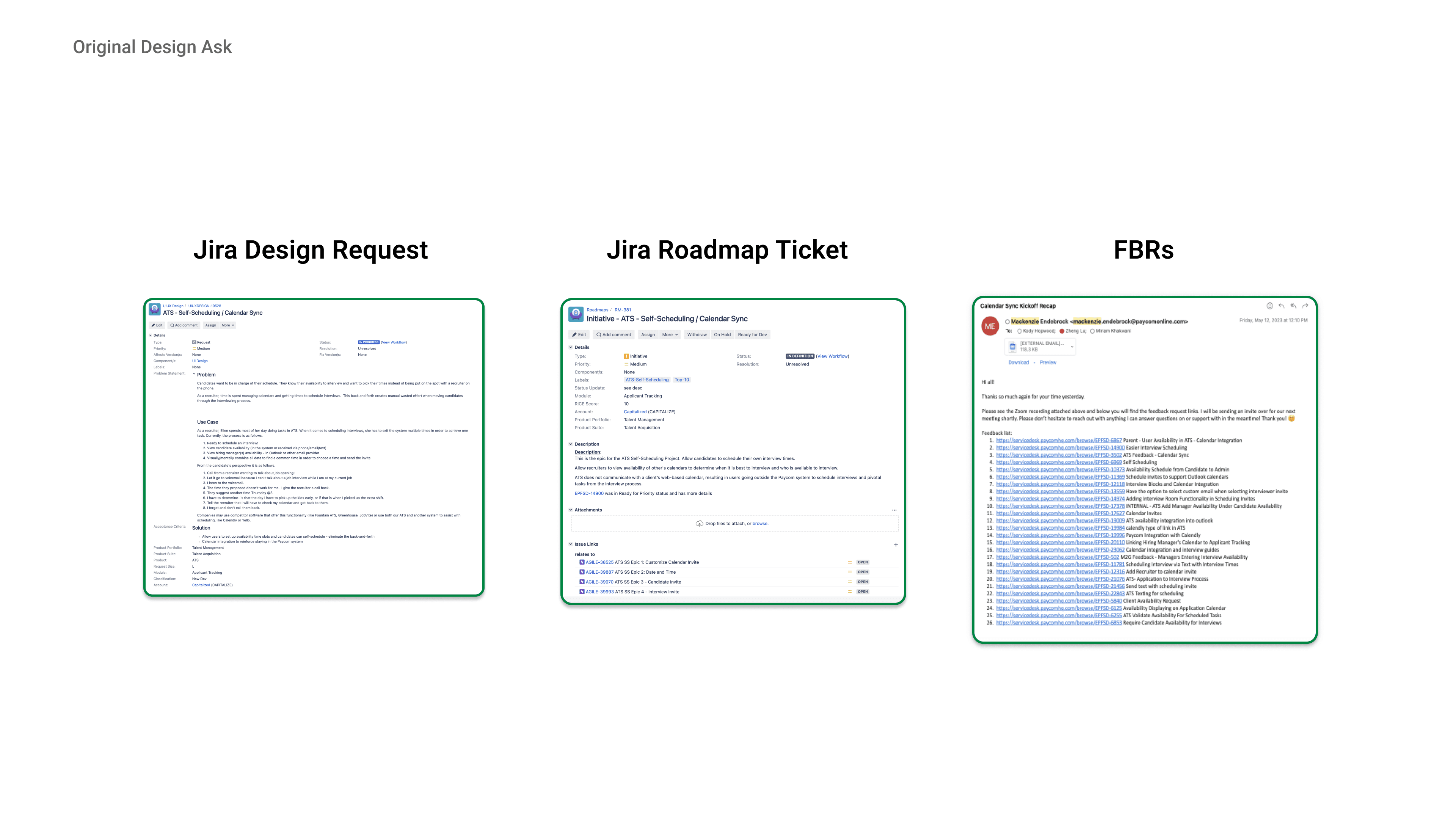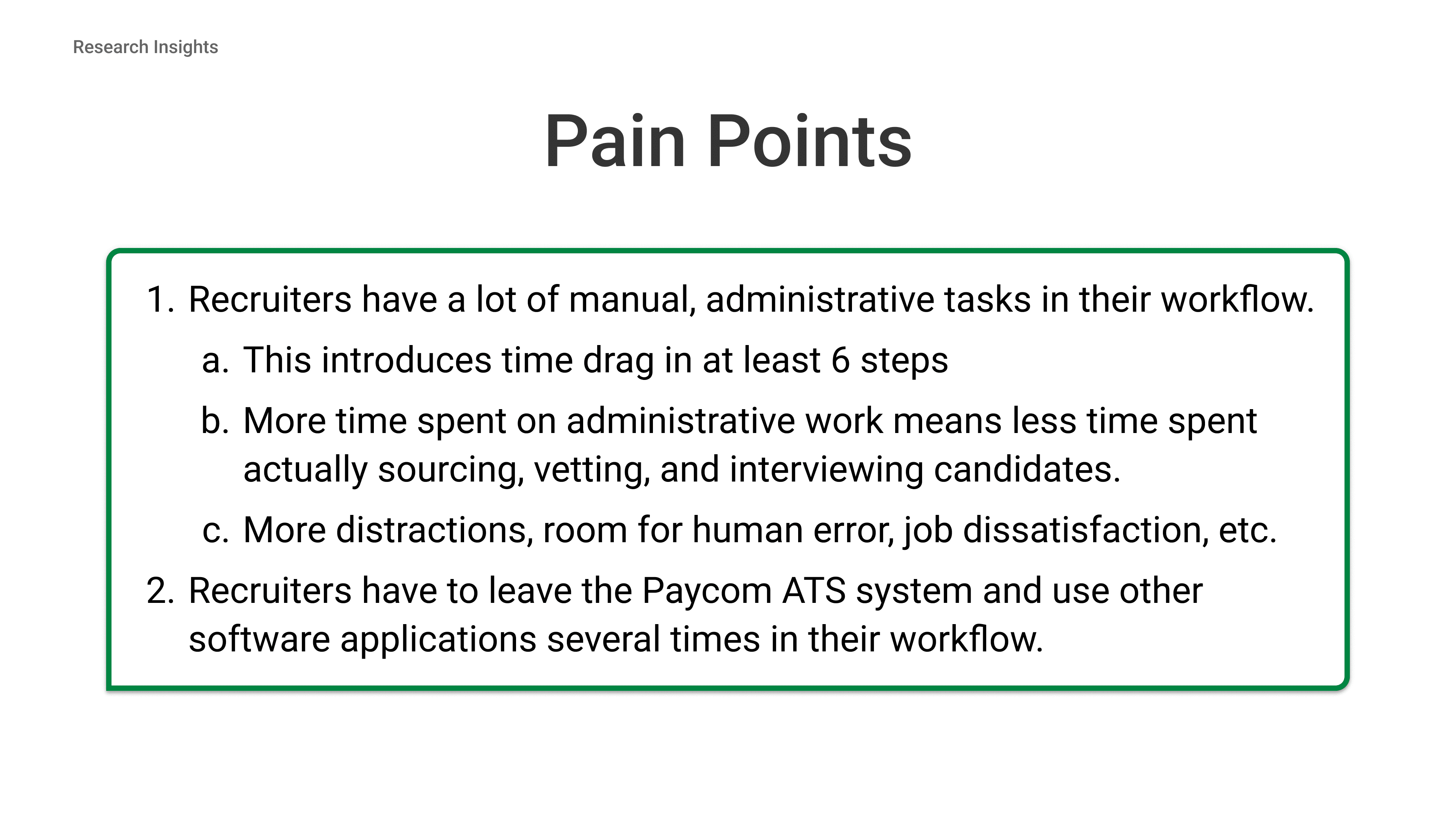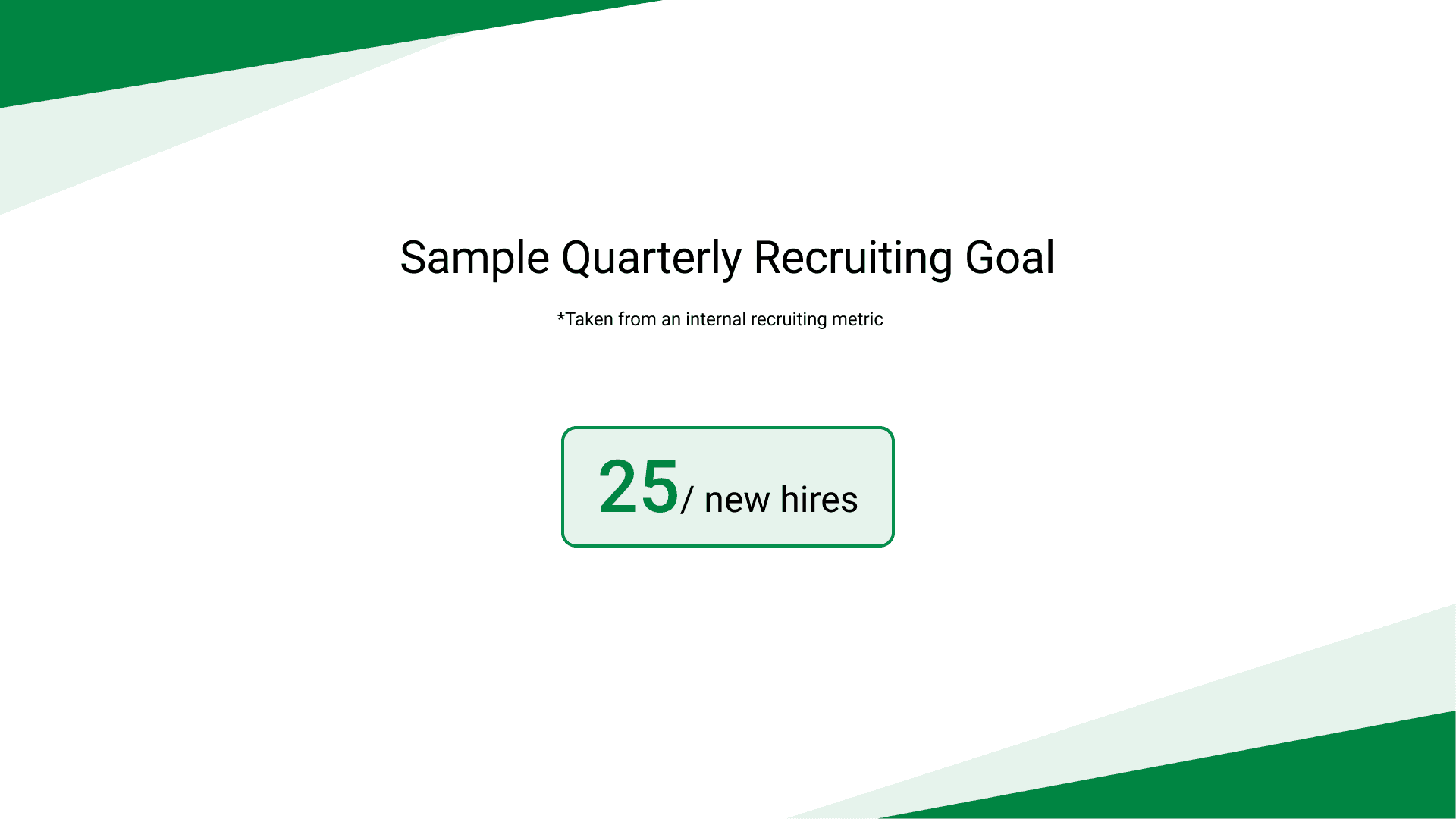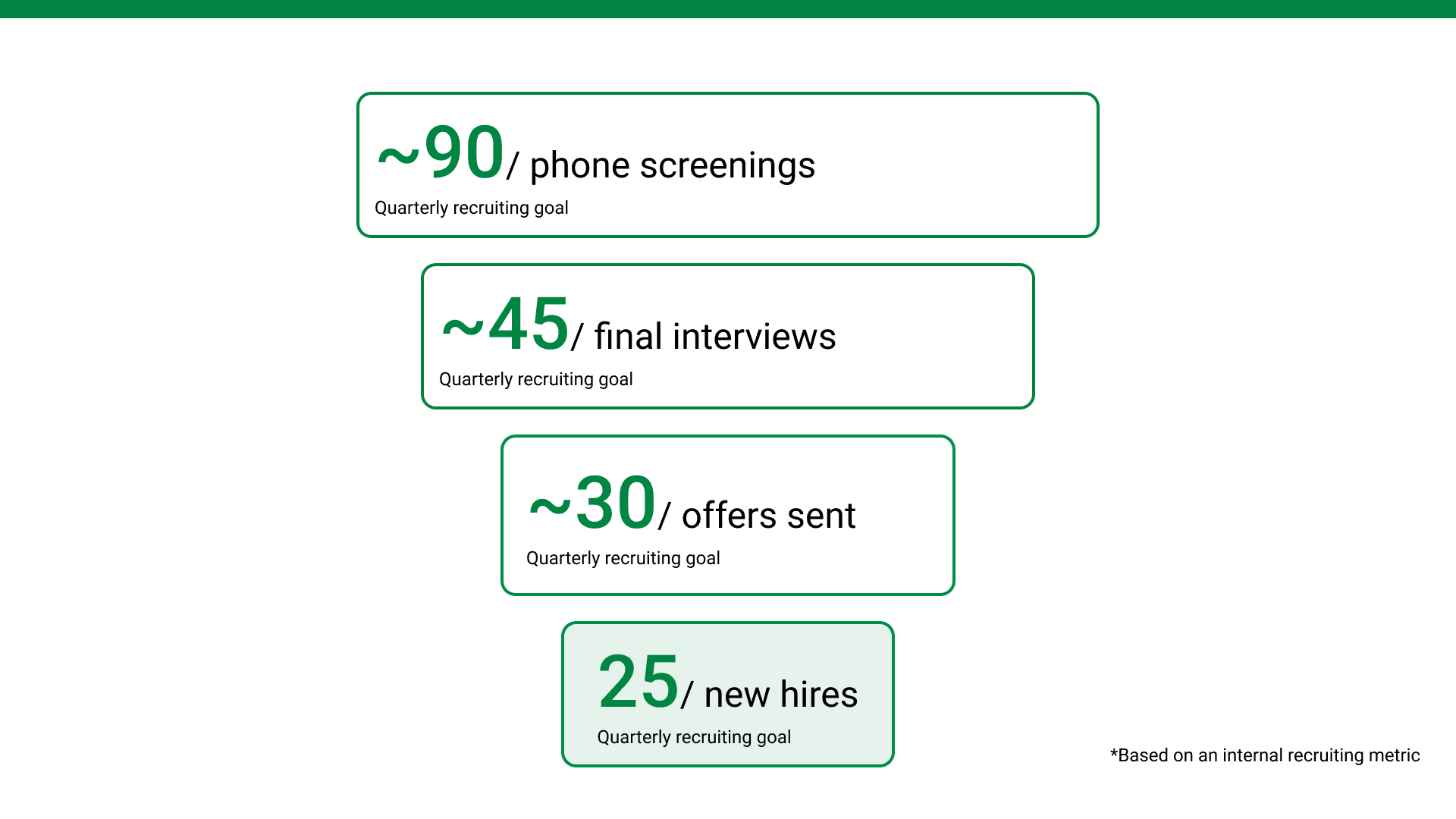PAYCOM
Improving recruiters’ workflow efficiency by designing for an integrated calendar solution
MY ROLE
User research, ethnography, design sprint facilitation, stakeholder presentation & management
TIMELINE
May - Sep 2023
TOOLS
Figma, Usertesting.com
A surge of customer feedback
In response to a surge in customer feedback, our team embarked on a mission to address a vocal user need - third-party calendar integrations in Paycom’s ATS calendar. Without this, recruiters at our client companies were grappling with double-booked candidates, time-consuming manual processes, and the challenge of communicating rescheduled interviews.
These issues forced our clients into two unattractive options - purchasing additional software to supplement their Paycom subscription or enduring the inefficiency of manual scheduling, resulting in significant productivity and financial losses.
OUR TEAM GOAL
Redefining product collaboration
At Paycom, we have a waterfall product management process resulting in silos between product managers, designers, and software developers. Designers are often brought into projects after the solution has already been defined, missing out on critical product strategy discussions. This disjointed process has often resulted in prolonged timelines and less than optimal design quality due to communication barriers.
To change that narrative, my team and I piloted a new process of collaboration for this project. With the support of our Product Manager and our Design Team Lead, our team of three designers were hands on in the project at the discovery phase, helping uncover the contours of the problem which then shaped the direction of the solution. We had a 4-month timeline which gave us enough time to dig deep in our research and go through an end-to-end design process.
Exploratory Research
My team and I analyzed customer feedback and requests in Jira, delved into our internal usage dashboard to create customer proto-personas, and crafted user flows for three primary user types: recruiters, candidates, and hiring managers.
From an analysis of our feedback requests, we saw a high frequency of users saying they desired a more “Calendly-like” experience in our ATS scheduling product.
Finding the knowledge gaps
A look into our usage analytics tool and other secondary client data showed that Paycom did not have reliable customer data. Most of our feedback requests had come from internal users, and our analytics tool had some hard-to-overlook holes in its data analysis.
Our client breakdown by industry shows that the highest category is “Blank” meaning the client's industry was not recorded internally.
Realizing we would need a more in-depth round of targeted user research, I created a list of research objectives and goals to focus our team’s next steps on filling our specific knowledge gaps.
Recruiter
Discover how different types of recruiters interact with and use the ATS system. (What are they not utilizing? What are they not utilizing as intended? What workarounds/hacks are recruiters using instead?)
Discover how recruiters deal with the logistics of scheduling interviews (gathering availability info, gathering HM details, sending out communication about interview details)
Candidates
Understand the user journey for candidates when they are moving through the interview process.
Discover candidates’ pain points as they move through the interview process, specifically in regards to interview scheduling and communication with the company. (Discover drop off points...)
Find out how candidates are interacting with the ATS system. (What are they not utilizing? What are they not utilizing as intended? What workarounds/hacks are candidates using instead?)
DEFINED RESEARCH
Going deeper with research
We pursued qualitative insights using 4 different methods.

Ethnography
We shadowed an internal recruiter for a full workday, providing invaluable insights into the recruiter's daily tasks, emotions, and workspace.
User Interviews
We interviewed 13 internal staff members from each of the three user personas, shedding light on information flows and dependencies, which translated into specific design requirements.
Secondary Research
Limited resources prevented us from engaging external recruiters. Instead, we relied on client interview transcripts from a 2020 research study conducted by our design team to understand how our project insights about internal recruiters could extrapolate to other industries and companies.
Competitive Analysis
I compared the top 7 ATS competitors which revealed that all offered calendar integrations with leading workspace calendar providers. Paycom, despite being a leader, had yet to adopt this feature.
ANALYSIS
Refining the problem statement
At the close of our research, we refined our problem statement.
original Problem Statement
“Recruiters have to manually email candidates back and forth to find times that work for their schedule as well as candidates, and hiring managers to connect for interviews.”
New Problem Statement
“Recruiters on average spend 15-20% of their working time on scheduling tasks, wasting critical time that could be spent on more value-driven candidate interactions like reviewing applications, interviews, and communicating with candidates and hiring managers.”
We also presented our findings to our wider product team (PM, developers, IT security experts).
Improved user flows
I created a more detailed user flow aggregating the commonalities from our interviews and ethnography study.
The notes in red show the main time-wasters and frustration points in the user flow for scheduling an interview.
Our proposed solution vs. current state
I also mapped out the two happy paths below to demonstrate the benefits of our proposed solution. Third-party calendar integrations would streamline the scheduling process, eliminate manual tasks, and retain users within our system for scheduling.
ALIGNING STAKEHOLDERS
A fork in the road
From our research, it was clear that an integrated calendar feature was important to users. We also knew that solutions involving third-party integrations at Paycom were difficult to get approved. With design solutions that would be vastly different depending on whether we could pursue an integration or not, I proposed that we assess the desirability, feasibility, and viability of our ideal integrated solution.
DVF FRAMEWORK
First, feasability
We predicted that it was feasible to build calendar integrations into our software since all of our top competitors offered a similar feature. To verify this assumption, we presented this research deck and concept designs to our development team and other development teams that had worked on similar projects in the past.
What we did
Presented our research and early ideation to our development team lead and QA lead to surface any potential concerns
Reached out to a designer on the Time & Labor product suite who had worked on calendar solutions for any potential leads
Connected with SME in IT Security team who was a major stakeholder in previous integration attempts and who gave us more insight on security protocol around integrations
A step forward
🥾
We received promising feedback (but no sure answers) that it would be possible to build in the kind of integrations we were proposing into our existing system architecture.
Now, desirability
There was evidence of high user desirability for calendar integrations and syncing from the volume of customer feedback our support team received. To test the feature’s desirability in the context of our existing ATS, we held a 1-week design sprint modeled off of the Google design sprint invented by Jake Knapp.
Outcome
6/6 users preferred our solution
A win for desirability
🥳
We received very instructive feedback on our designs. Each recruiter had different expectations and needs for date selection. Though we still had to refine the interactions and flow of our solution, we found users unanimously preferred our concept designs over the current method of manual scheduling.
Monday
Start at the end
Set a long-term goal
Map a map
Expert interviews
Lightning demos



Tuesday
Focus on solutions
Individual ideation
Four-step sketch
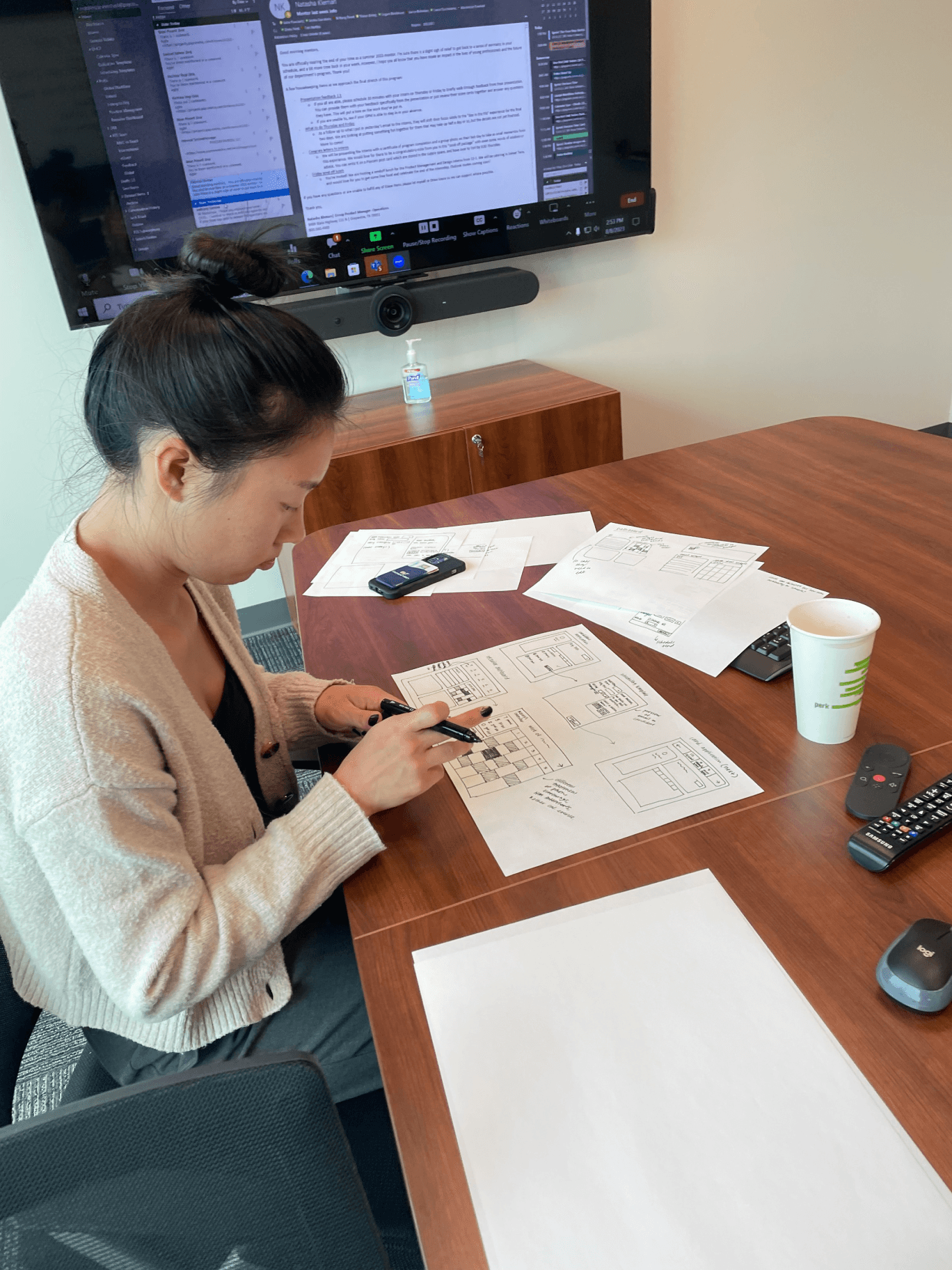

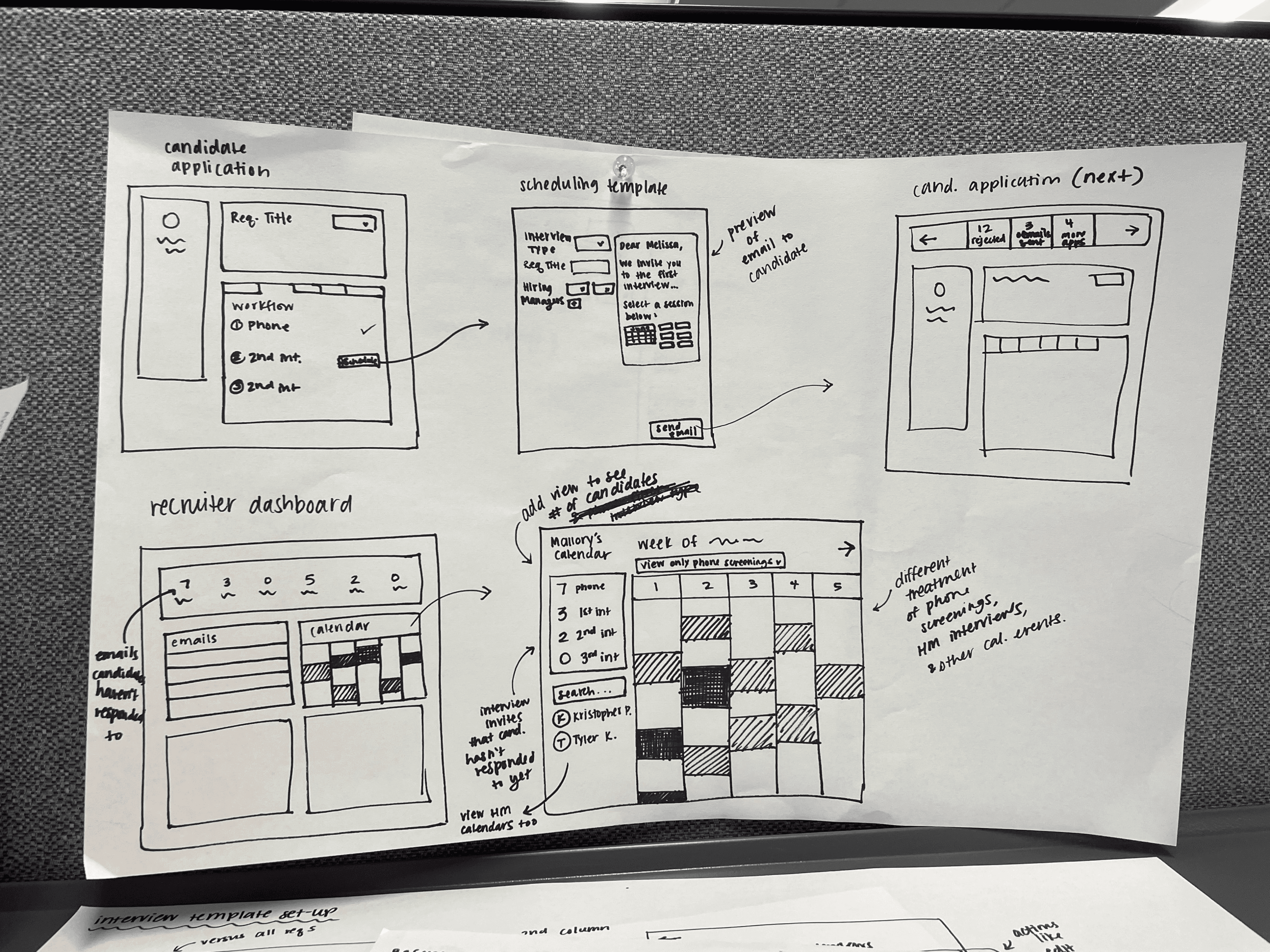
Wednesday
Narrow down
Sticky decision exercise
Create storyboard
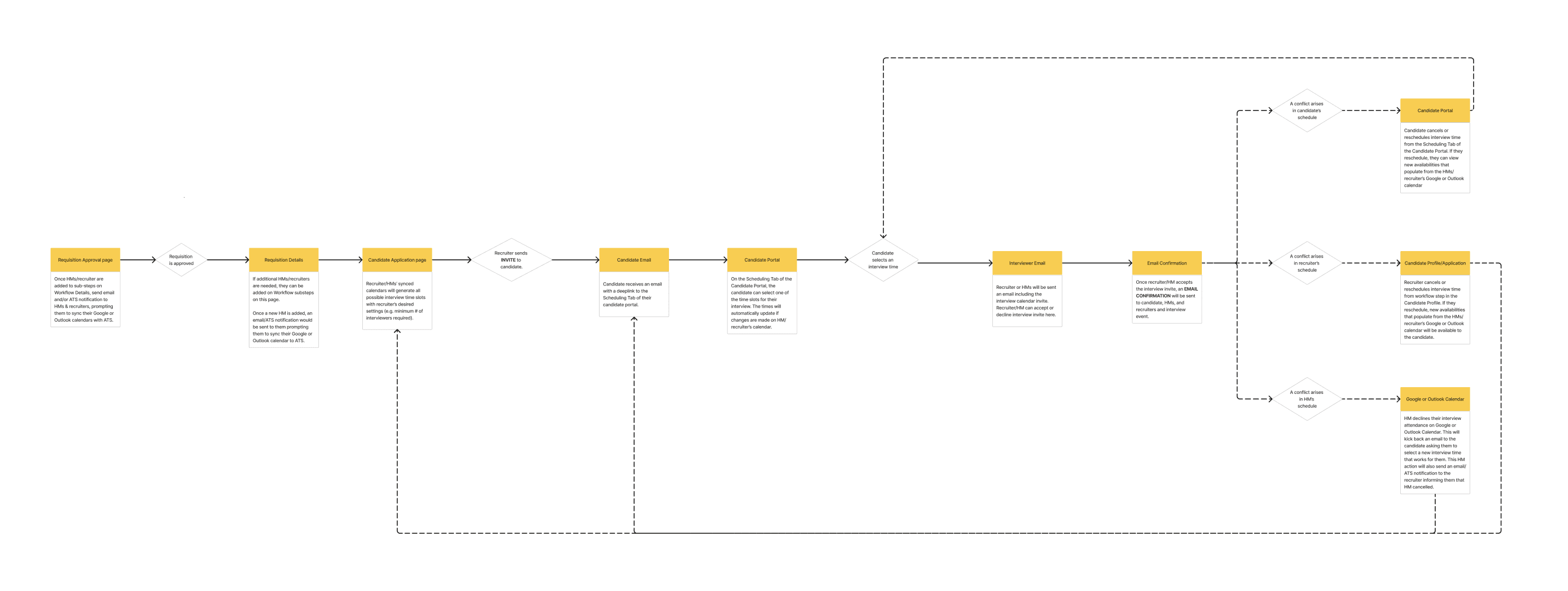
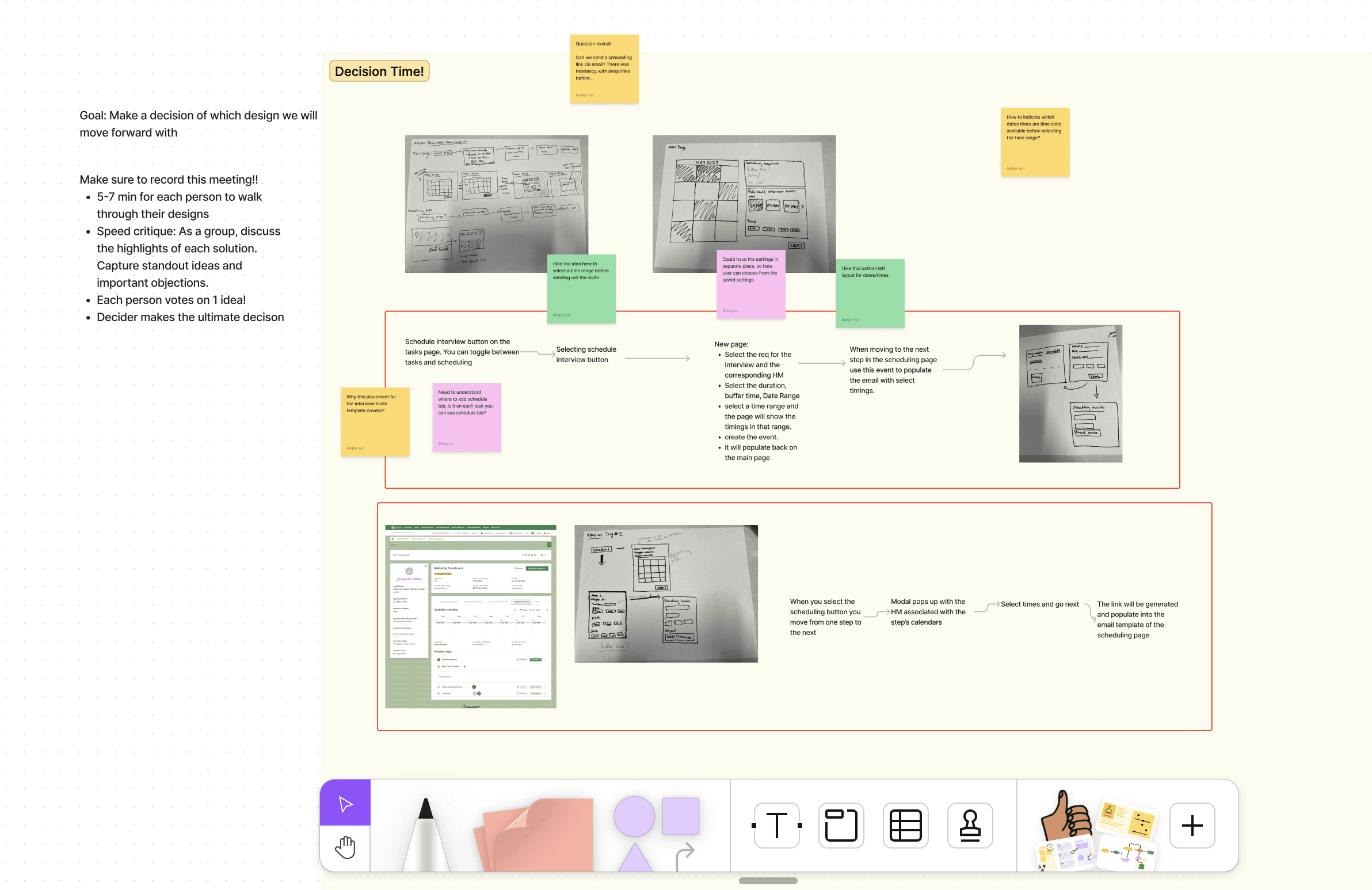
Thursday
Prototype
Friday
Test

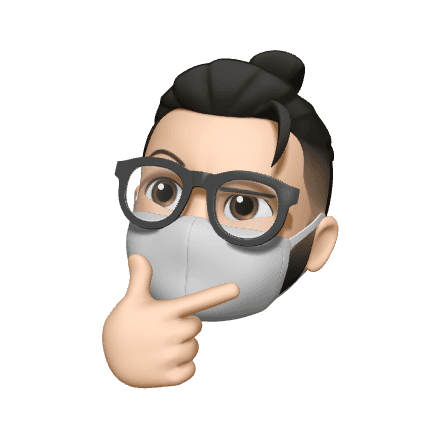
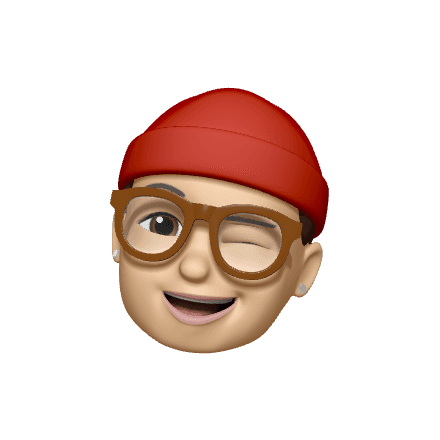
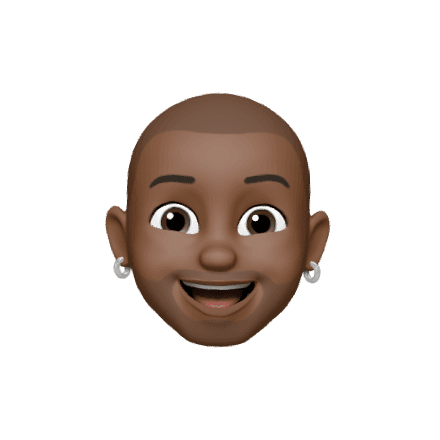

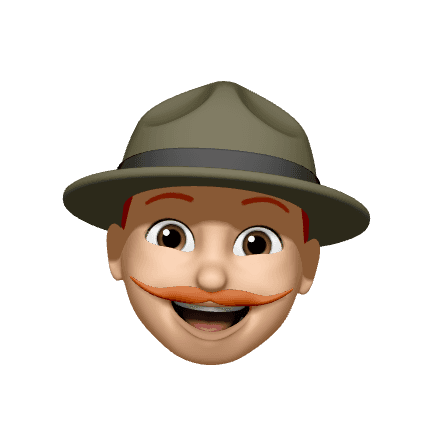
“I love how much quicker it will be to generate time slots compared to what I have to do now”
Finally, viability
The biggest unknown for us at this point in our project was how viable it would be to include calendar integrations in our project. In order to answer this question, we started conversations with several key external stakeholders in Design, Engineering, IT Security, and more.
Without access to the proper usage data and financial metrics which we attempted to get at the beginning of the project, it became hard to advocate for more resources on this idea since we could not properly evaluate the potential impact of the calendar integration feature.
Thus, our full calendar integration idea was put aside as an MVP+ solution, and we set out to build the foundation for a more automated interview scheduling workflow without integrations in our current project timeline.
ITERATIONS
Designing toward a new direction
The design phase involved multiple iterations and user testing to fine-tune an alternative solution which was owned by our lead designer Miriam.
REFLECTION
What I learned
While our initial idea of calendar integration faced viability challenges, this project delivered invaluable outcomes for recruiter interview scheduling workflows and set the precedent for future PM/designer collaboration at our company.
This project highlighted the importance of assembling the right team, the value of data in decision-making, and the benefits of asking deeper questions. In the face of obstacles, my inquisitive approach uncovered hidden layers of approval processes and built valuable relationships with internal stakeholders, which proved beneficial in subsequent projects.
We developed closer relationships with key engineering stakeholders, established new collaborative methods, and documented our process for future projects. This collaboration allowed us to advocate for greater design involvement in product strategy discussions and show the value of design having a seat at the table.


